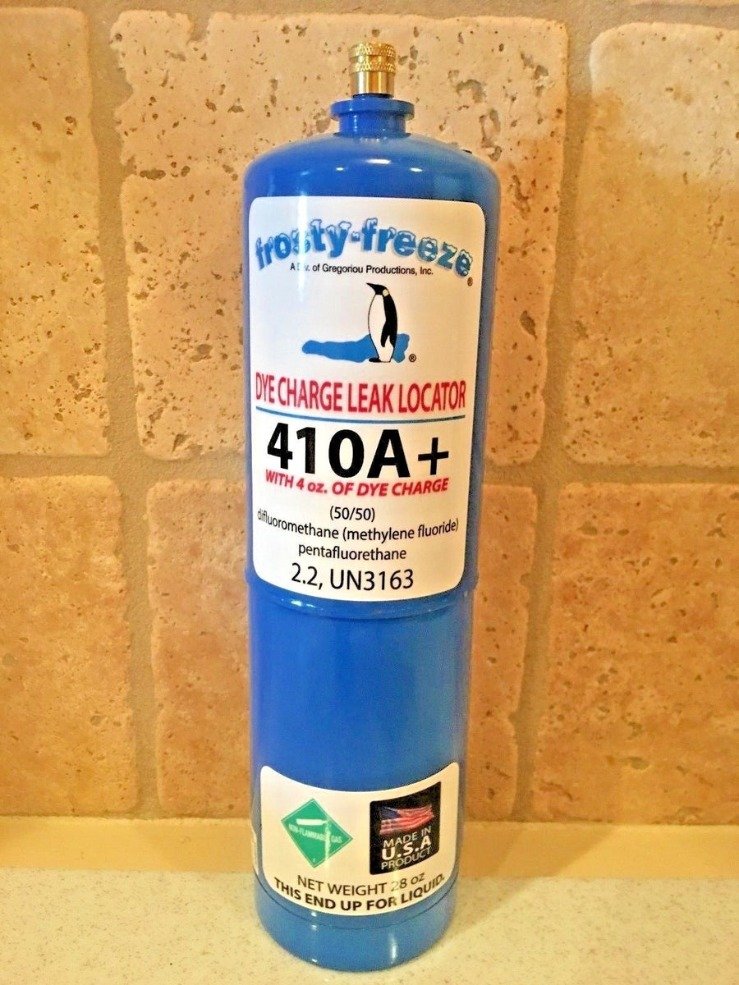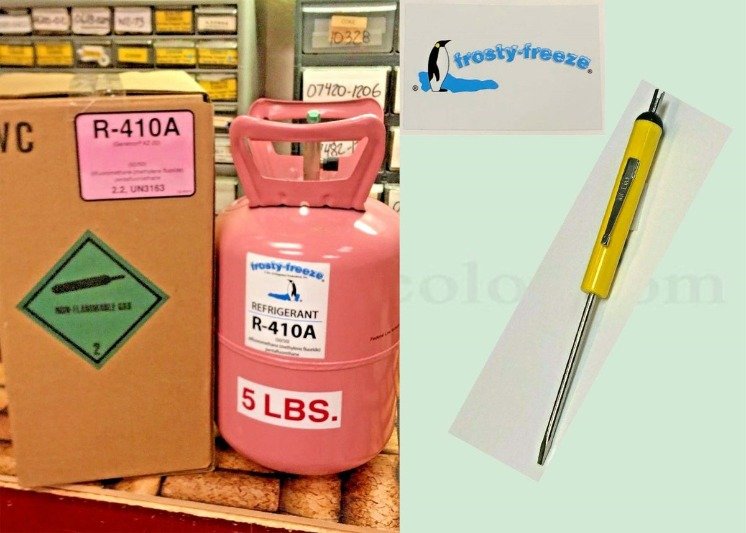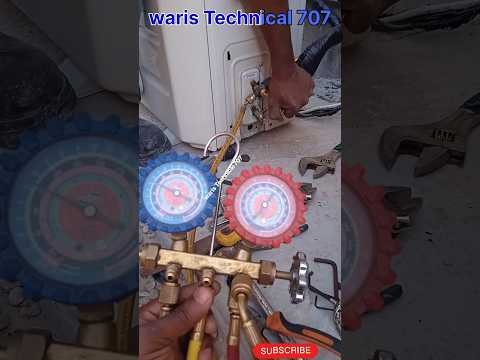No products in the cart.
Other Info
Freon 407A R-407A Refrigerant
The Montreal Protocol is a treaty that was signed in the late 1980’s by more then one-hundred countries. It’s goal was to rid the world of using Ozone depleting substances like CFC and HCFC refrigerants. In 1992 R-12 was phased out of the automotive market in the United States and was replaced with the newer HFC refrigerant known as R-134a. R-134a had the benefit of not containing Chlorine so with its usage there would be no danger to the Ozone layer. The next refrigerant to go was the CFC refrigerant known as R-502 in the mid 1990’s. As time went by there were other CFC and HCFC r410a refrigerant refrigerants phased out but the big change didn’t happen until 2010.
Well, to understand the history of 410A and the other refrigerants we first have to go back in time to the 1980’s. Back then all automotive applications were using the CFC R-12 refrigerant for their air conditioning and all residential air-conditoner units were using R-22. These two refrigerants, R-12 and R-22, were the original mainstream refrigerants that came from the 1930’s. Ever since then they had gained and gained in popularity until they were practically found everywhere across the country and the world. Ever since then R-410A has primarily been used on all new residential and commercial air-conditioning applications. Along with residential use it can also be used in industrial refrigeration, chillers, and on centrifugal compressors.
That way, when the time comes to make another change, you won’t be caught off guard. An average-sized home of about 1,500 square feet in a moderate/warm region of the country will usually need a 3-ton air conditioner to effectively cool the whole house. There are many factors in sizing an AC or heat pump – the size of your home, of course, but also its layout, levels of insulation, type and number of windows and a biggie – your climate.

While R-410A is nonflammable and R-454B presents mild flammability risk, only certified technicians with experience handling these refrigerants should use them. R-410A is nonflammable at atmospheric pressure and ambient temperatures but can become combustible if exposed to a strong ignition source and mixed with air under pressure. When switching from R-410A to R-454B, you can expect similar cooling performance. R-454B is designed to deliver similar efficiency levels while contributing to a lower environmental impact.

The phase-out of R410A is part of a broader initiative to curb greenhouse gas emissions and transition to refrigerants that have a lower environmental impact. R410A and R134a are two of the most popular refrigerant gases used in residential and commercial air conditioning systems. They offer many of the same benefits to consumers, but there are also a few differences that make each one more suitable for different applications. The main difference between R410A and R134a is that R410A does not have any ozone-depleting properties. R410A is an HFC refrigerant that was developed as a replacement for ozone-depleting substances such as R22.
Compare the readings to the system’s specifications and manufacturer guidelines to determine if the pressure is within the normal range. This product keeps refrigeration systems clean and running properly. Freon™ products are safe, high-performance, reliable refrigerant solutions. Freon™ refrigerants include a wide range of hydrochlorofluorocarbon (HCFC) and hydrofluorocarbon (HFC) refrigerants.


